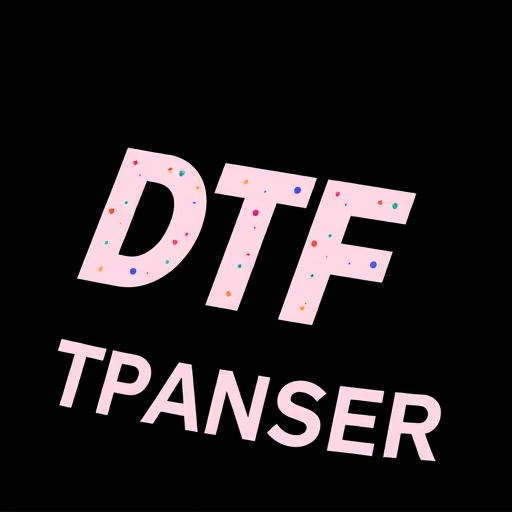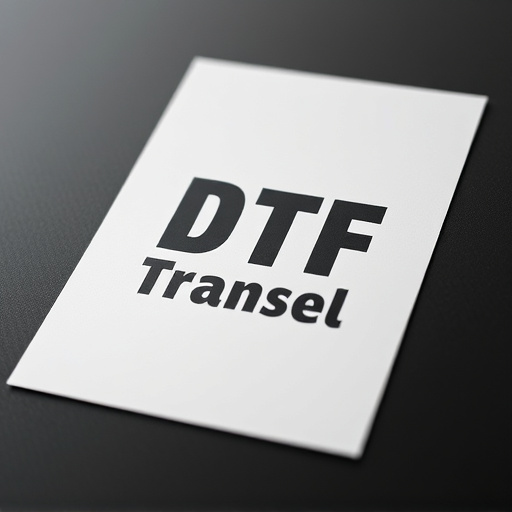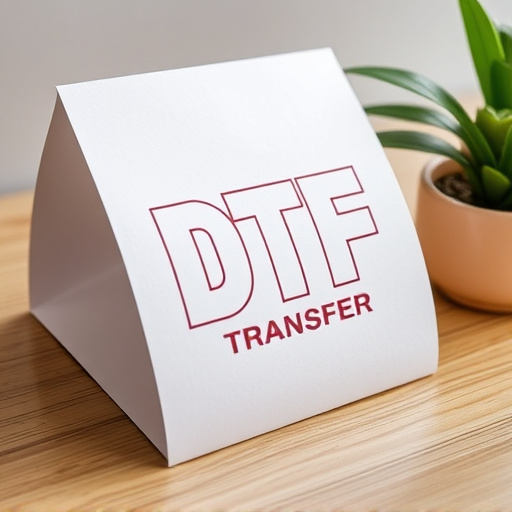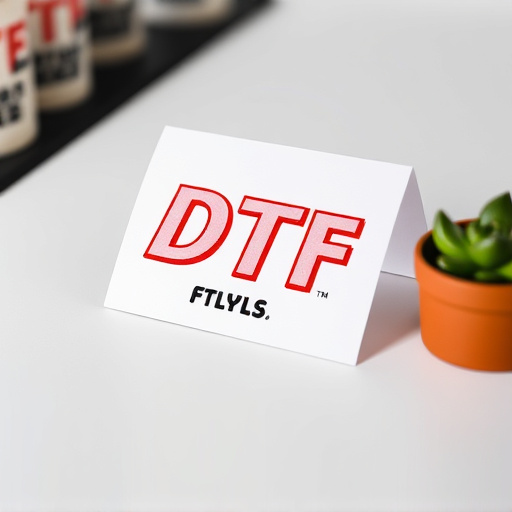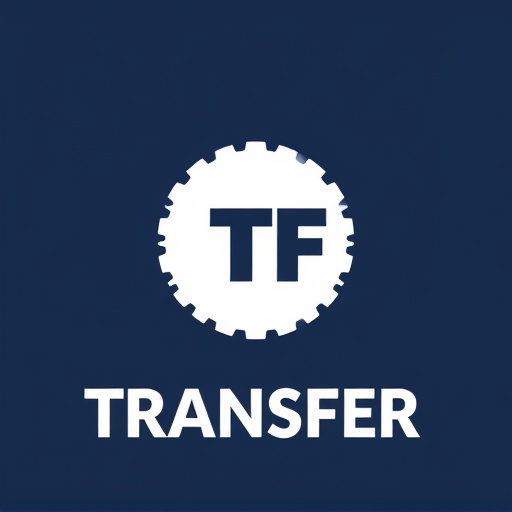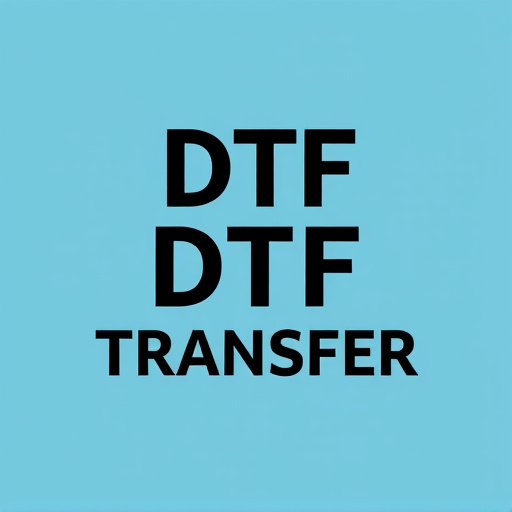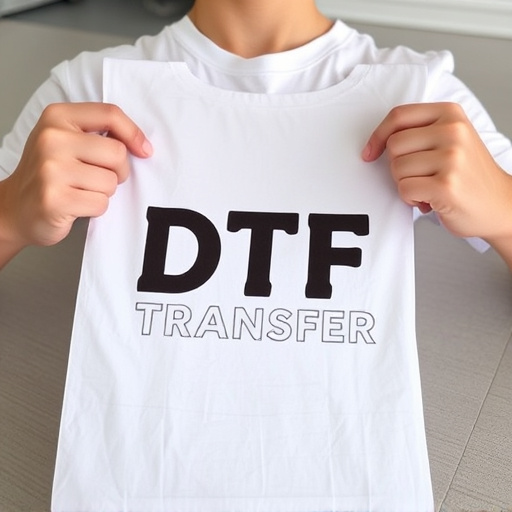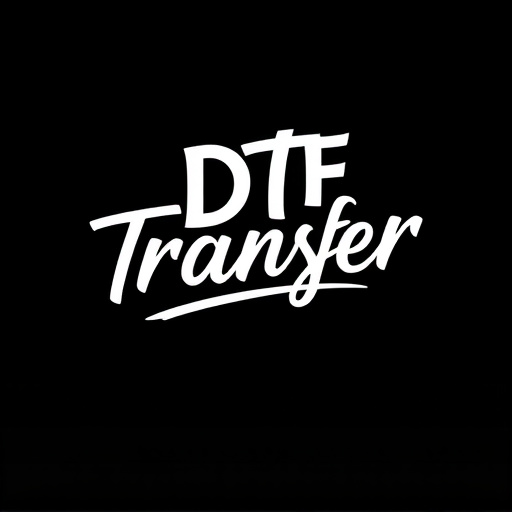Direct-to-film (DTF) transfers offer a revolutionary printing method, producing high-quality images directly onto film stock and other surfaces from digital files. With expedited production services, DTF enables swift creation of vibrant, detailed prints suitable for art, advertising, and more, meeting tight deadlines. The process involves optimizing digital files, precise printing with specialized ink, and advanced technology for fast turnaround without sacrificing quality. When selecting a printing partner, consider expertise, turnaround times, material range, and quality control. DTF is indispensable across industries, from film to fashion, and future advancements promise even faster, smarter production.
In today’s fast-paced media landscape, efficient production services are key. Expedited Direct-to-Film (DTF) transfers offer a game-changing solution for content creators seeking rapid and high-quality printing. This article delves into the world of DTF, exploring its benefits, from streamlined production to versatile applications across industries. We’ll break down the process, highlight critical considerations when choosing a partner, and look ahead at emerging trends shaping accelerated DTF production.
- Understanding Direct-to-Film (DTF) Transfers: A Quick Overview
- Benefits of Expedited DTF Production Services
- The Process: From File to Print in Record Time
- Choosing the Right DTF Printing Partner
- Applications and Industries Benefiting from DTF Prints
- Future Trends in Accelerated DTF Production
Understanding Direct-to-Film (DTF) Transfers: A Quick Overview
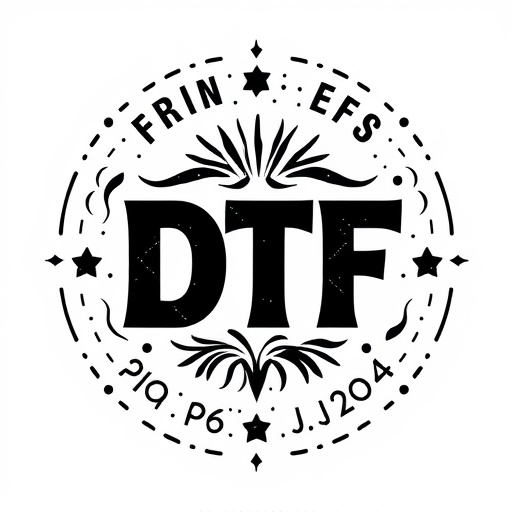
Direct-to-film (DTF) transfers are a cutting-edge process that revolutionizes the way we reproduce and print high-quality images directly onto various surfaces, including film stock. Unlike traditional printing methods, DTF involves a unique blend of technology and expertise to create prints with exceptional detail and color accuracy. This innovative approach eliminates the need for intermediate steps, such as plate creation, making it an efficient game-changer in the printing industry.
The process begins by preparing the original image or design, which can be anything from photographs to intricate graphics. This digital file is then optimized for DTF printing, ensuring the right resolution and color profiles. The printed output is not just a copy; it’s a precise recreation of the original, thanks to the advanced imaging techniques employed. DTF prints are known for their vibrant colors, sharp details, and durability, making them suitable for various applications, from art exhibitions to advertising campaigns.
Benefits of Expedited DTF Production Services
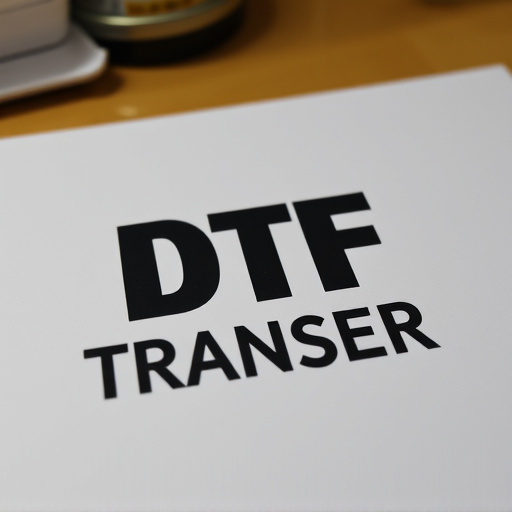
Expedited production services for direct-to-film (DTF) transfers offer a myriad of advantages in today’s fast-paced media landscape. By streamlining the process from initial concept to final print, these services ensure that content creators and filmmakers can bring their visions to life swiftly and efficiently. This is particularly beneficial for projects with tight deadlines or those requiring urgent updates, as it allows for rapid turnaround times without compromising on quality.
With DTF transfer and printing, creators can expect consistent and high-quality results. These services utilize advanced technology to reproduce images and text accurately, maintaining the original intent of the artwork. Moreover, expedited production means that films, graphics, and other visual media can be ready for distribution or exhibition in a shorter time frame, making it an ideal solution for last-minute needs or urgent marketing campaigns.
The Process: From File to Print in Record Time

The journey from file to print in the world of direct-to-film (DTF) transfers is an expedited process designed for efficiency and quality. It begins with high-resolution digital files, which are carefully evaluated to ensure optimal settings for DTF printing. Specialized software plays a pivotal role, allowing technicians to fine-tune every detail, from color accuracy to resolution, ensuring the digital file is perfectly prepared for the physical medium.
Once optimized, the file is sent to advanced printers capable of producing DTF prints with remarkable precision and speed. These printers use specialized inks and materials, enabling them to reproduce complex images and textures found in film with remarkable fidelity. The entire process, from file submission to print delivery, can be completed in a fraction of the time traditional methods take, making it an attractive option for those seeking rapid turnaround times without compromising on quality.
Choosing the Right DTF Printing Partner
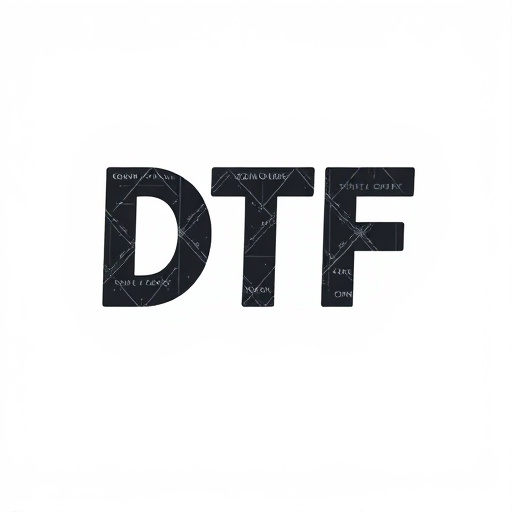
When considering expedited production services for direct-to-film (DTF) transfers, selecting the ideal DTF printing partner is paramount to achieving high-quality results and meeting tight deadlines. It’s crucial to look beyond just price and consider factors such as expertise in DTF printing, their turnaround times, and the range of materials they can work with. A reliable DTF transfer specialist should possess advanced technology and skilled technicians who understand the intricacies of this specialized process.
Additionally, ensure they have a proven track record of delivering consistent, vibrant prints for various applications. Referrals from satisfied clients and case studies showcasing their work can be invaluable. Moreover, clear communication and transparency regarding pricing, turnaround times, and quality standards are essential. Choosing a partner who prioritizes customer satisfaction and maintains strict quality control measures will guarantee you receive exceptional DTF prints tailored to your specific needs.
Applications and Industries Benefiting from DTF Prints
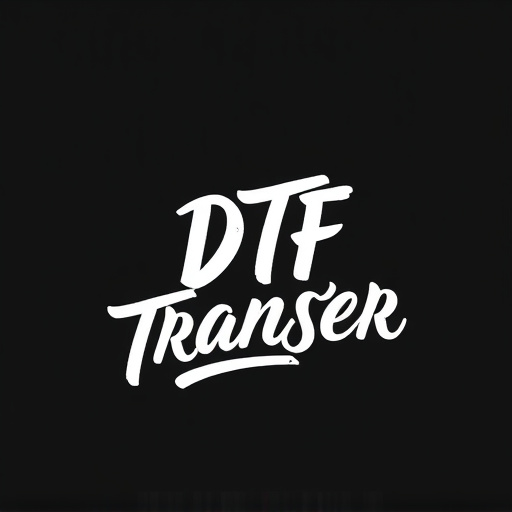
Direct-to-film (DTF) transfers and printing have found their niche in various industries, offering a swift and efficient solution for high-quality visual reproduction. This technology is particularly beneficial for sectors that demand quick turnaround times and precise color accuracy, such as motion pictures, marketing, and even fashion. In the film industry, DTF prints are used to create reference materials for set design, costume creation, and visual effects, ensuring a seamless on-set experience.
Beyond entertainment, DTF transfers have applications in retail and advertising. Marketers can swiftly produce custom posters, banners, and window displays, catering to dynamic brand promotions. Fashion designers, too, leverage DTF printing for small-batch production runs, allowing them to quickly bring limited-edition collections to market. This technology streamlines the creative process, enabling businesses to stay agile and responsive to evolving trends and customer demands.
Future Trends in Accelerated DTF Production
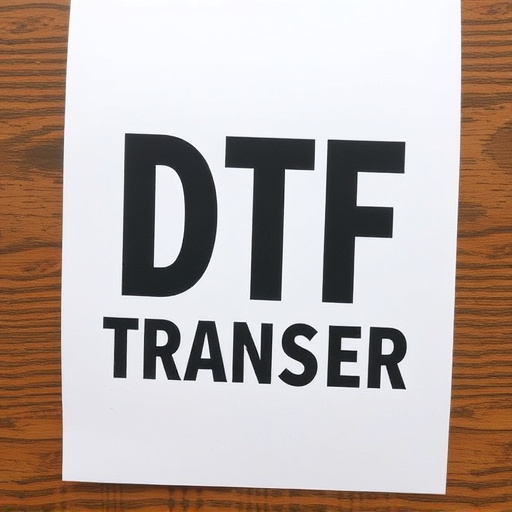
The future of accelerated DTF (Direct-to-Film) production services looks promising as technology continues to evolve at a rapid pace. One of the key trends is the integration of advanced printing techniques, such as UV and laser printing, which can significantly reduce production time and enhance print quality. These technologies enable faster turnaround times, allowing businesses to meet the growing demand for high-quality DTF prints.
Additionally, automation and artificial intelligence (AI) are expected to play a significant role in streamlining DTF production processes. AI algorithms can optimize material usage, predict maintenance needs, and automate quality control checks, leading to more efficient and consistent DTF transfer results. As the industry moves towards smarter and more sustainable practices, these innovations will be crucial in shaping the future of DTF transfers, ensuring faster, higher-quality prints for various applications.



